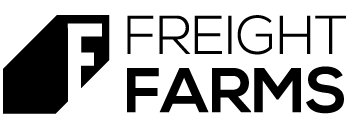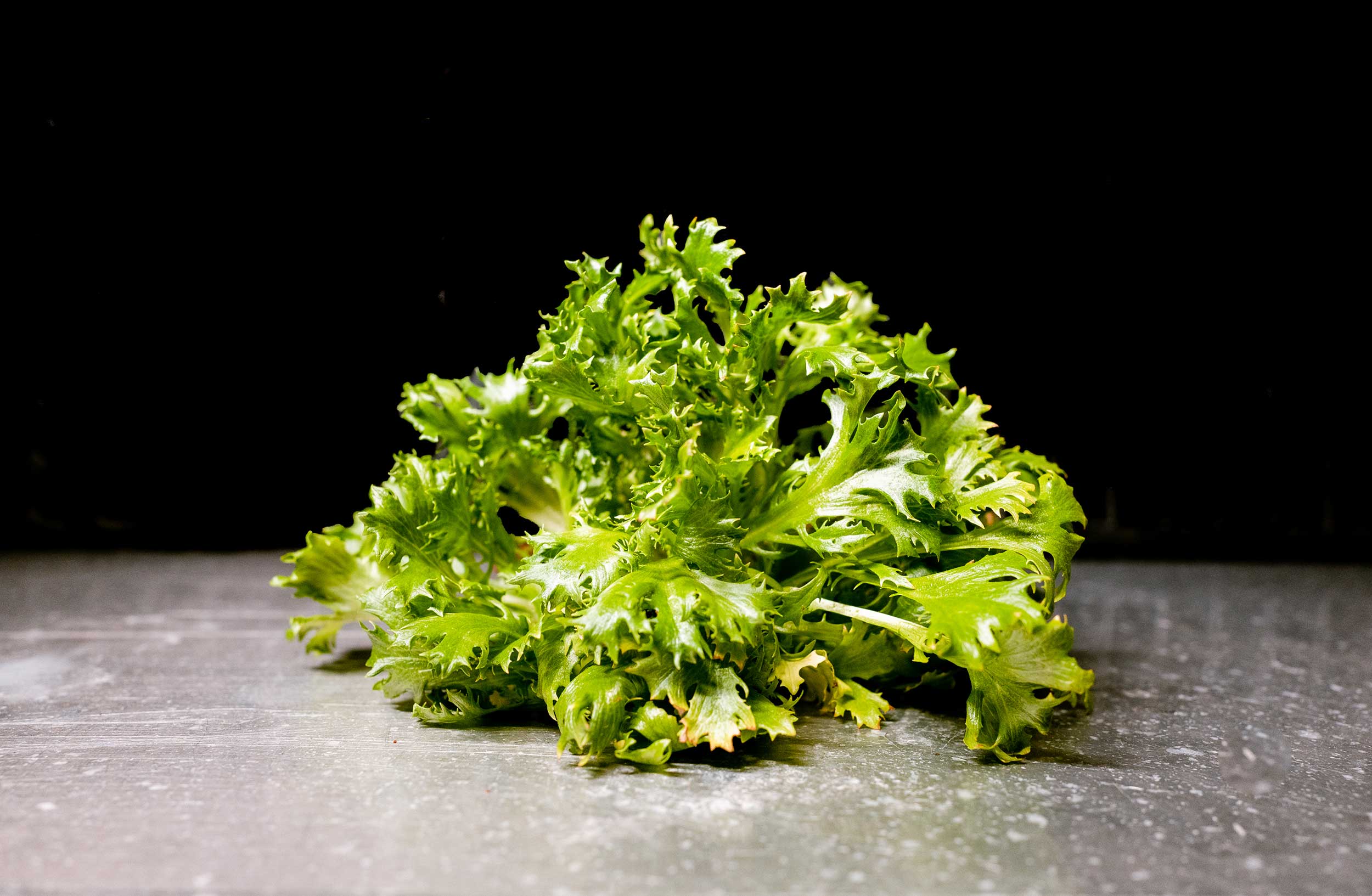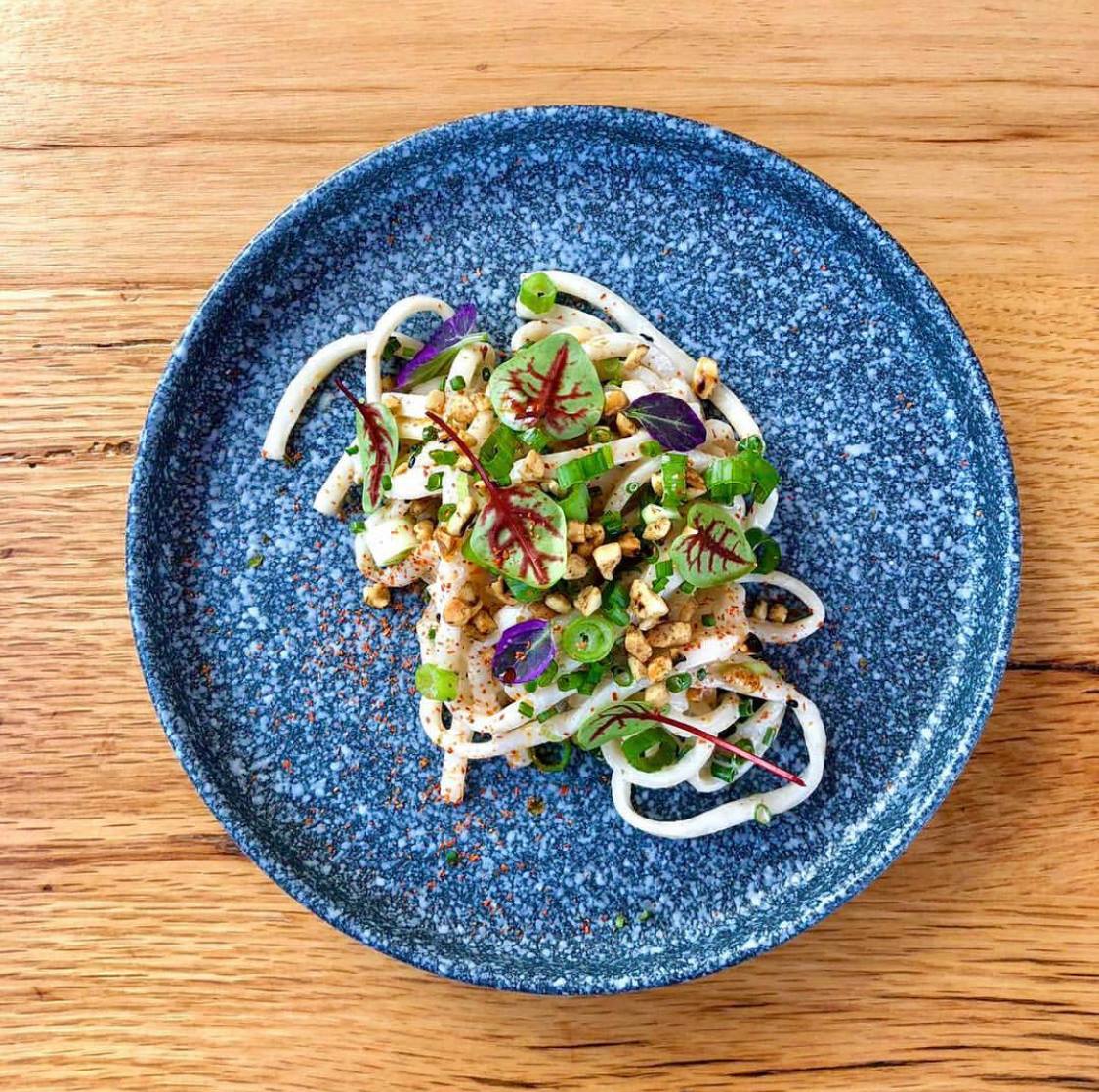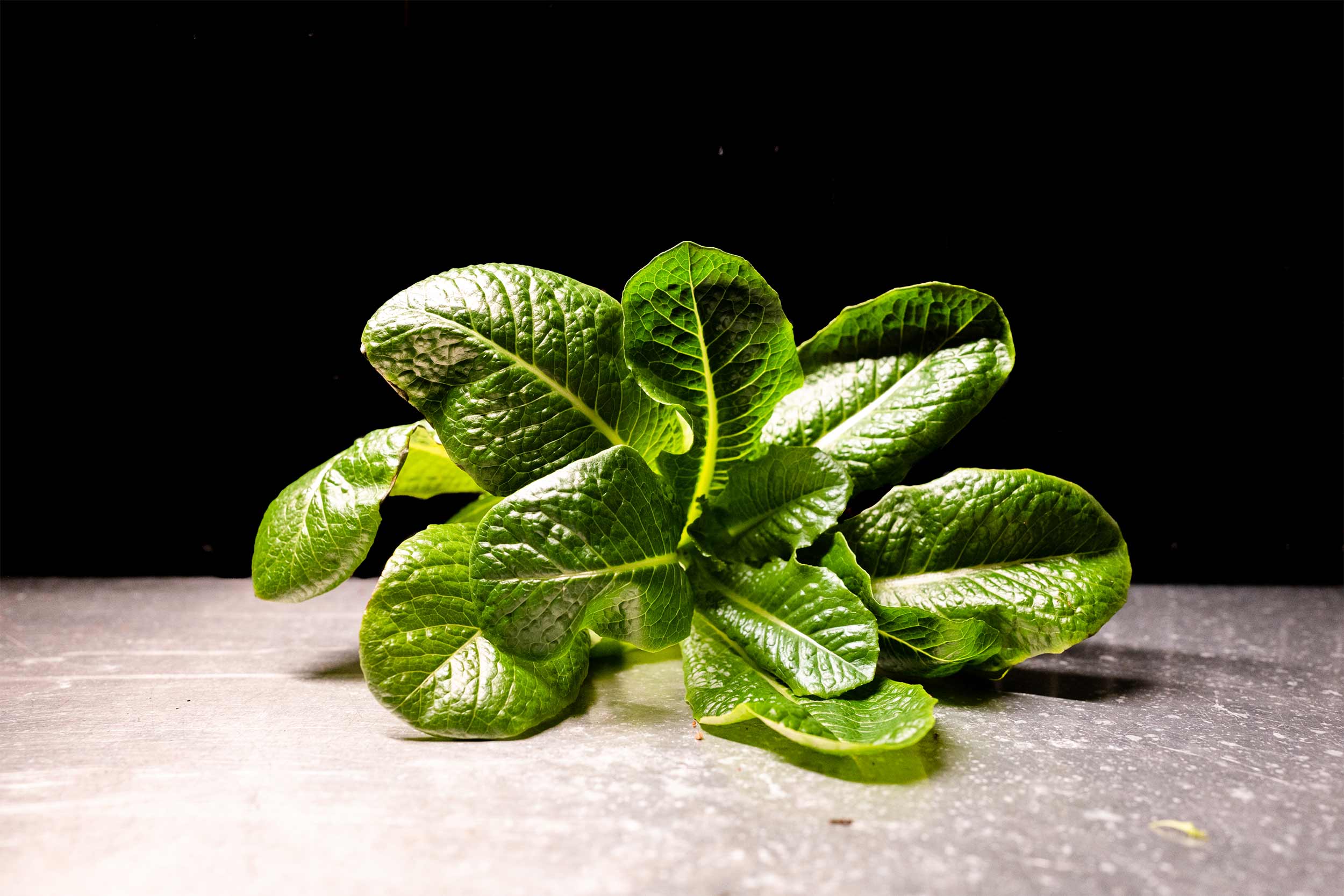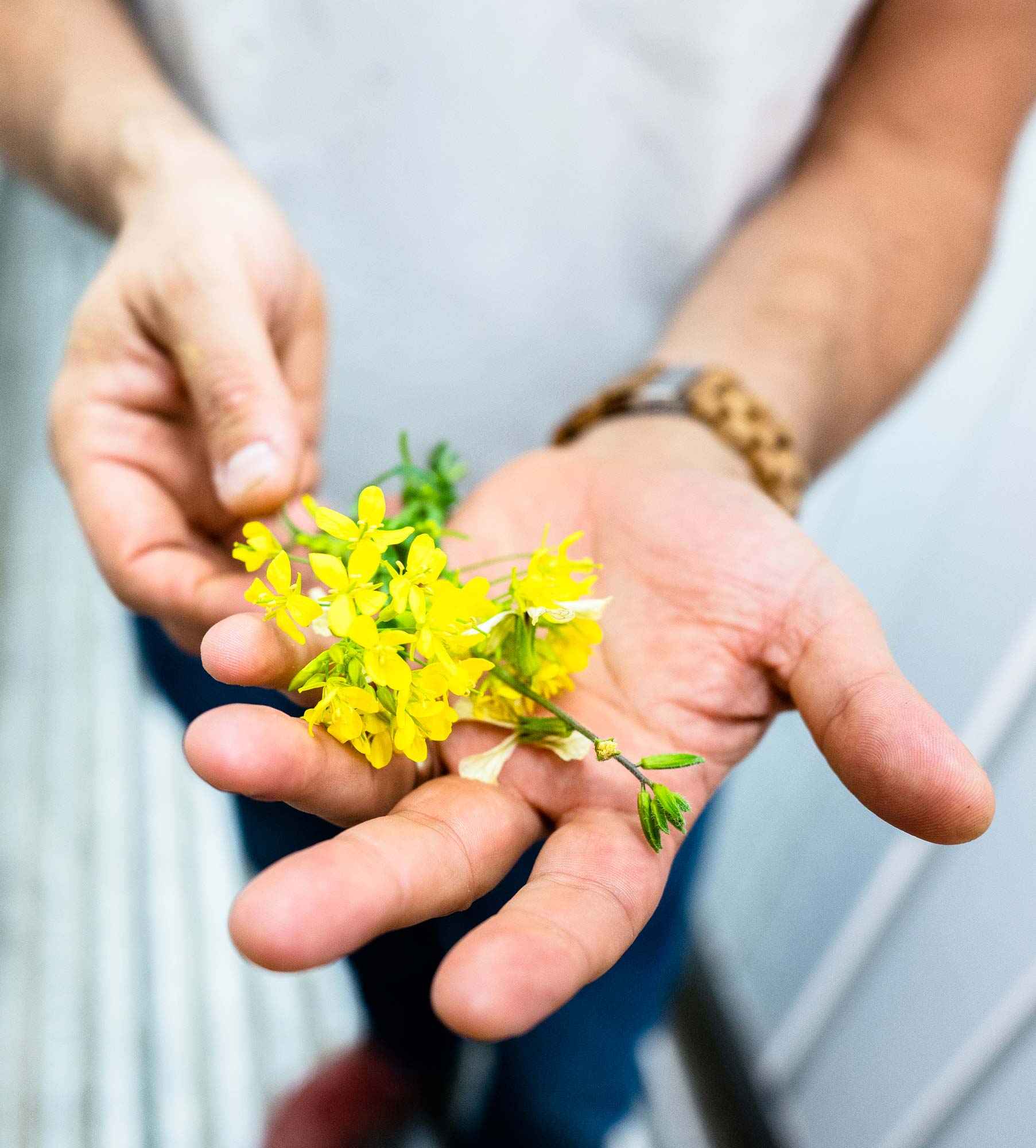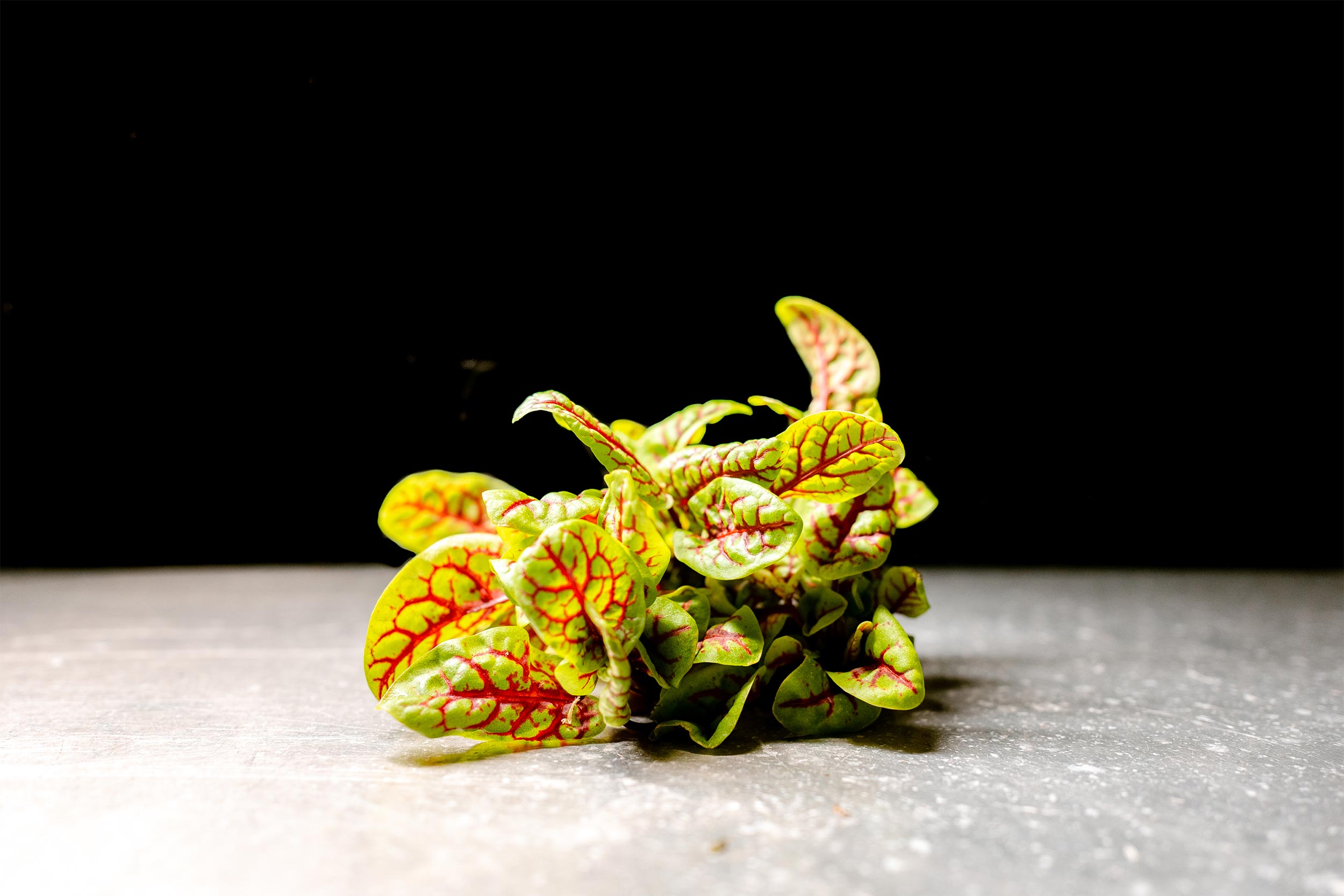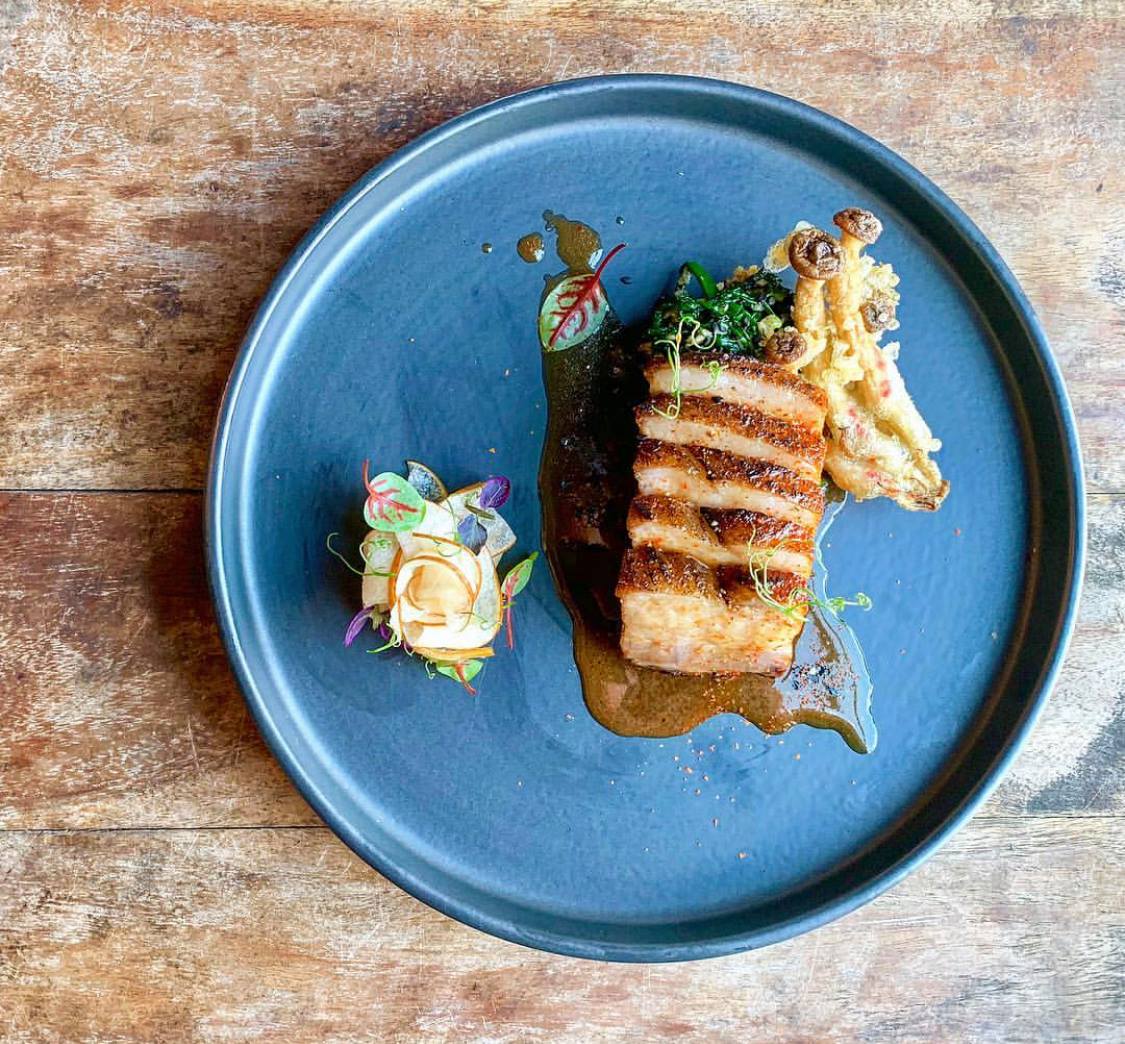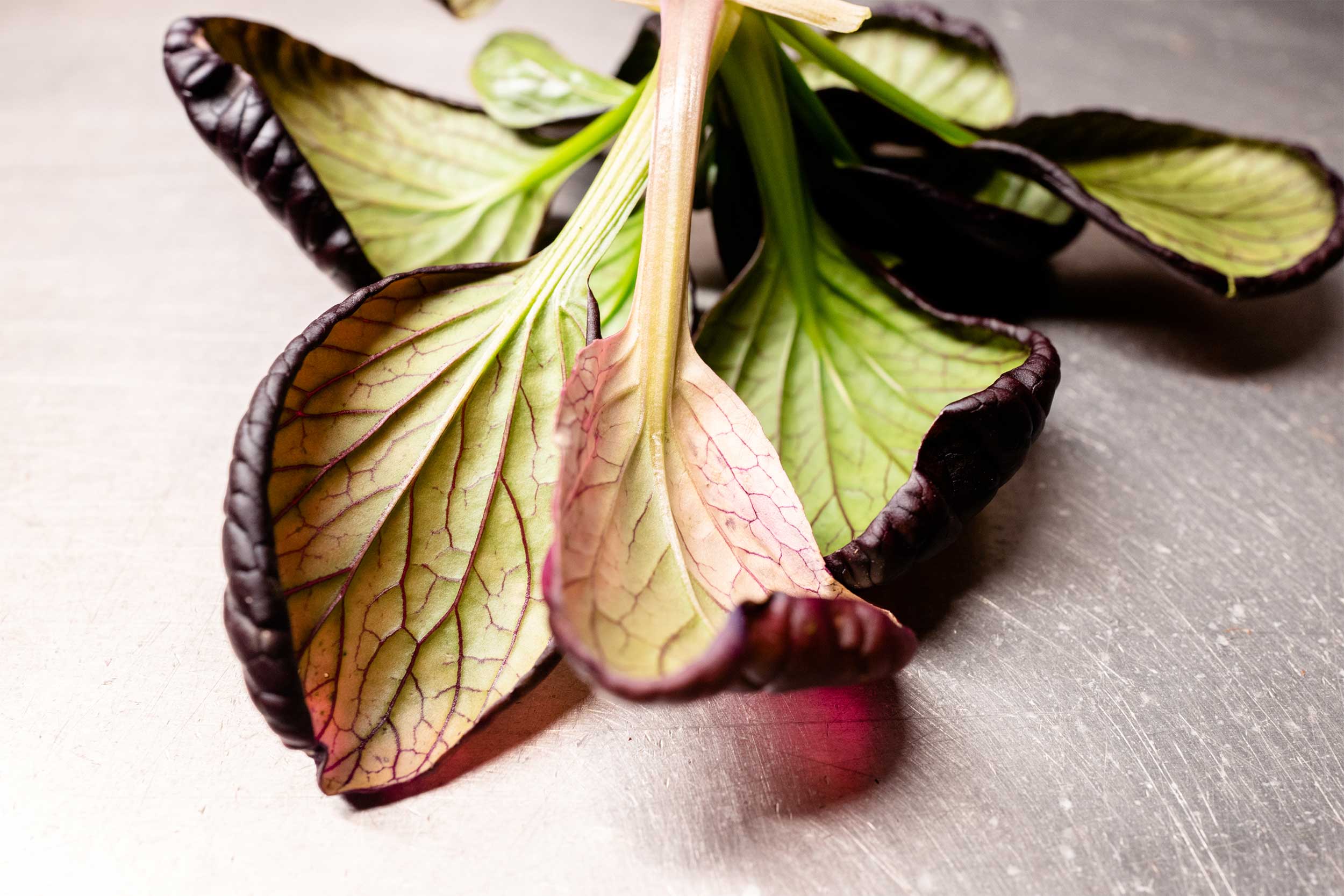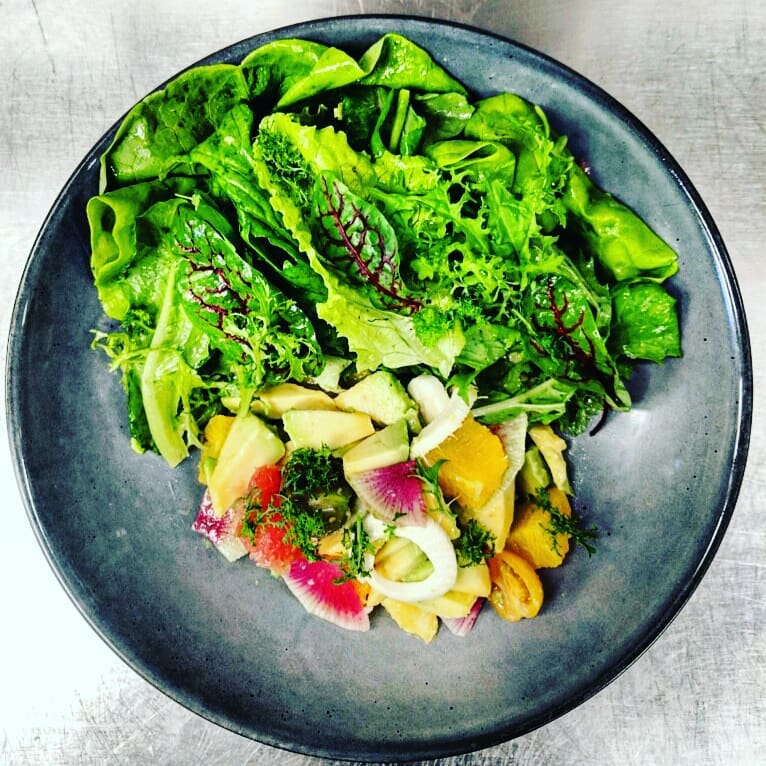Scaling an Urban Farm: How Hammock Greens Operates 6 Farms in Miami
On July 29th, we hosted a webinar with Thomas Smitherman and Aaron Dreilinger of Hammock Greens, Scaling an Urban Farm: How Hammock Greens Operates 6 Farms in Miami. During our conversation, we learned how the two transitioned from successful restaurant industry careers into equally successful careers in hydroponic farming! We also covered the delicate business of deciding what to grow for picky chefs, how scale opens up opportunities to give back to the community, and just how their business grew to six farms in just two years.
From Kitchen to Farm
Thomas and Aaron both have a lifetime of experience in the food and wine industries. Thomas worked almost every position imaginable in a commercial kitchen before transitioning into an 18-year career working in fine wine sales. In October 2016, Thomas went looking for a new career in a new industry, and leaned into his longtime interest in vertical farming. He discovered Freight Farms and purchased in January 2017. Later that same year, he partnered with long-time friend, Aaron.
“I knew I could grow exactly what you want at a very high quality. I didn’t want to be in Big Ag–I wanted to grow boutique, fashionable foods.”
- Thomas Smitherman
For Aaron, the new farming venture was a call-back to his college years, when he studied natural resources science and sustainable design in hopes of “saving the world”! However, he also happened to be a gifted cook, and soon found himself cheffing at renown Miami restaurants and the chef and co-owner of a thriving catering business. He likes to say that sustainability and chef paths have reconnected with Hammock Greens.
“When Thomas approached me with the ‘ultra-premium product’, it was very exciting to me as a chef and as a scientist.”
- Aaron Dreilinger
Once Aaron joined, the duo purchased their second farm at the end of 2017. Their momentum didn’t stop there: over the course of 2018 they purchased four more units, all through natural growth and distribution partnerships as word about their product spread through the Miami restaurant scene.
The two split their roles based on their strengths. Thomas’ attention to detail and experimental mindset makes him the ‘mad plant scientist’–he oversees the farming and logistics at all six farms. Aaron leans into his sociable character and status as an industry pro and directs marketing to develop the brand message and differentiate the product. The partnership has clearly been a success: As of July 2019, Hammock Greens has six farms, set up at four different locations, serving 15 Zagat-rated farm-to-table restaurants.
“Because we both share the same background and love for the industry, our farms operate a lot like a kitchen: Everyone has their role working towards a common goal.”
Live heads, no ‘cides
Selling to restaurants isn’t easy. Chefs are busy and wary of the countless merchants that come to their door every day. Thomas and Aaron use their insider industry knowledge to their advantage, making sure to develop a clear and concise message that translates in the few moments of interactions they have with potential clients.
“Clean, live heads–no ‘cides. We deliver live produce, harvested 24 hours before it arrives at your door. No herbicides, no pesticides.”
Thomas and Aaron work together to develop the right product for the chefs. Thomas is very candid that in spite of years spent in the kitchen, he never cooked at the level of their customers. For that, he relies on Aaron and his expertise to nurture interpersonal relationships with chefs and create a product that they need and want–whether it’s about making the plate pretty, or developing greens that work for specific menu list items (which is ever changing!).
In many ways, the relationship between Hammock Greens and their customers is an on-going discussion and negotiation, seeing what each side is willing to commit to. Aaron explains: “We ask our partners, how do we work with you so that the farm has a living, breathing connection with the restaurant? This requires us to ask questions like how long does it take to grow this, what happens if the menu changes, etc. Just like us, chefs don’t like last minute changes.”
Small crops, big impact
So, what is Hammock Greens bringing these chefs that keeps them wanting more? Hammock Greens specializes in two product types: baby heads and petite crops.
Baby head lettuces are smaller heads of lettuce grown in LGM crop columns. Hammock Greens grows and distributes 15 varieties, which are combined as live heads into the company’s signature ‘Greenhouse Mix’. Sold per box, each is filled with carefully curated 15-18-head blends that are specially formulated for texture, flavor, and plate presence.
Petites are Hammock Greens’ take on microgreens. Microgreens are plants that are in their sprout phase (1-2 inches tall), whereas petites are plants in their seedling phase (2-4 inches tall) with a more developed leaf. This is the newest addition to Hammock Greens repertoire: Thomas started developing the concept in July 2018, and it quickly became a big part of the business.
Developing the mix
When Thomas purchased his first farm, he asked Freight Farms which crops he could grow with a high success rate. This got him started with the first four lettuces in his impressive mix: Butterhead, Bibb, Romaine, and Cherokee. However, when he brought the greens to his chef friends, they told him the plants were beautiful but too pedestrian–they could get those varieties from anywhere!
This forced Thomas to think outside the box. He and his kids went online and ordered seeds for plants that they thought looked most unique. Thomas also went around his local grocery store and looked at the greens included in pre-packaged salad mixes. The things that grew successfully became the basis for the Growhouse Mix. From there, he started adding exotic plants like shiro pac choi and scarlet red frills mustards, plus anything he caught glimpses of in the walk-ins of his customers, like red-veined sorrel.
“Our cases are built like a bouquet, which has allowed us to introduce more fringe ingredients. When you open the case and see the beautiful combination of crops, it’s basically selling itself.”
- Thomas Smitherman
Overtown Overhaul
Hammock Greens has purposefully put their farms in diverse locations around Miami. While this was done for many reasons, the most important one for Thomas and Aaron is the potential to create positive social change with the farms. This is why two of six farms are located in Overtown, which Aaron describes as the “roughest, most neglected, and underserved neighborhood of Miami”.
One farm is located at Lotus House, a non-profit which houses 600 homeless women and children with the goal to successful re-introduce the women back into society; the organization provides their residents with job training, clothes, cell phones, healthy food, and an apartment for when they ‘graduate’ out of the program. Hammock Greens shares a lot in Overtown, getting free rent and utilities in exchange for supplying the Lotus House kitchens with fresh greens. Hammock Greens also takes on paid interns that succeed in Lotus House’s restaurant job training program, which fits perfectly with Hammock Greens’ belief that there is a huge overlap between the restaurant and farming industry.
Hammock Greens’ other Overtown farm is at Green Haven, a site that Aaron refers to as a ‘WeWork of urban farming’. Hammock Greens provides starter seedlings for the community garden and working to inspire at-risk kids from Save the Kids project to value and engage with farming.
After working with Hammock Greens, Lotus House launched their own container farm! Learn more >
Family and Football
Thomas Smitherman looks for synergy wherever he can find it. One major way he streamlines operations is by making Hammock Greens a family farm. Thomas’ wife and three kids work in rotating shifts to take care of all six farms. Additionally, Thomas invites members of his son’s football team (which he coaches) to work in paid positions. Thomas makes sure the farm work fits into the player’s busy training schedules, and says that the work is fascinating to them while also teaching many important skills in time management, accountability, and work ethic that they can take with them in the future.
Scaling Up
“Scale as soon as you can to turn challenges into opportunities. Once you try something and become good at it, you should look to grow. If you’re not trying to grow, don’t be an entrepreneur.”
Thomas and Aaron stand by their growth as being organic and driven by careful observation of market supply, demands, and new opportunities. After that, it’s just a math problem.
Hammock Greens addressed this math problem by turning to the Freight Farms second-hand market to purchase used units from existing farmers looking to sell. However, Thomas doesn’t advise this path for new farmers: “The new farm is a form of tuition where you actually learn how to run the farm. You need to get a hold of the products that Freight Farms offers and master them before taking on a used unit.”
Thomas, who is handy, was able to fix up his used 2014 models. He compares the experience to buying a used car: “You never receive a used farm in good condition–like buying a used car, you have to plan and make sure it’s inspected well and you know what’s working and running. Expect that you’ll have maintenance and repairs along the way.”
“The more we have, the better we do–we started this with scale in mind. There were obvious economies of scale, and we became better farmers along the way.”
- Aaron Dreilinger
All together, Thomas has his original 2017 unit (purchased new), one 2016, and three 2014 farms purchased used from other farmers who were selling for various reasons (the last farm is an experimental Freight Farms LGC model). Thomas notes that while the sellers were all different, they were consistently off-loading their farms because they were not able to dedicate themselves to running the farm as a serious part of their business.
Freight Farms Perspective
For us here at Freight Farms, Hammock Greens is an amazing example of how our technology can function out in the world. When we built the first container farm in 2012, we never imagined there would be a developed second-hand marketplace, or that it would help people scale in such big ways. We also see this secondary market as a way to offset some of the uncertainty associated with starting a farm business (or any business!): it can be reassuring to know that no matter what life may throw your way, there is a place for these farms to go if you need to sell. It’s great to see that this market exists to serve people who want to expand or downsize.
Another cool thing about investing in a Freight Farm is, if you need to sell or move, you’re not tied to a piece of land. We have customers all over the world, so, for example, if someone in Europe decided to sell their farm tomorrow, Hammock Greens could buy it and the farm would travel across the world to its new home! We think that’s pretty neat.
Q&A
What packaging do you use?
Thomas: The process of packaging is never ending! For the petites, we finally have packaging and labels that looks good. Finding the right size box and the right size plastic bag for the baby heads has been a challenge–we still haven’t found the right packaging.
Aaron: I think there’s a gap in the market here. There’s just no sufficient packaging for live heads. The plastic-bag-in-box is a good interim solution, it gives the plants up to 2 weeks of shelf life in the fridge. The next goal is to find packaging that works on a 1-3 head packaging basis.
Do you currently use Freight Farms support services?
Thomas: Yes, they’re on speed dial! The thing about using support services is you need to try and come with a diagnosis and be able to explain the challenge you need their help with. If you just call them up and say ‘my stuff’s not growing!’, that doesn’t help. At this point, I need less support running the farm, and want more help learning how to maximize yields to get the bigger, better, faster, stronger plant.
How do you manage the logistics of multiple farm locations?
Thomas: You should have your farms scheduled out so you know where you’re harvesting from each day. Beyond that, the work is split into three roles: the seed sower who trays out pods and seeds, the planter who transfers seedlings in empty columns, and production which involves harvesting and packaging. Because you know what’s being done each day at each farm, you can schedule the roles accordingly.
Want to hear more from Thomas and Aaron? Check out the entire webinar or our farmer spotlight blog for more insight into Hammock Greens. Make sure to follow Hammock Greens on Facebook, Instagram, and Twitter to keep up with company news.
Feeling inspired to start your own farming career? We have all the resources you’ll need.
